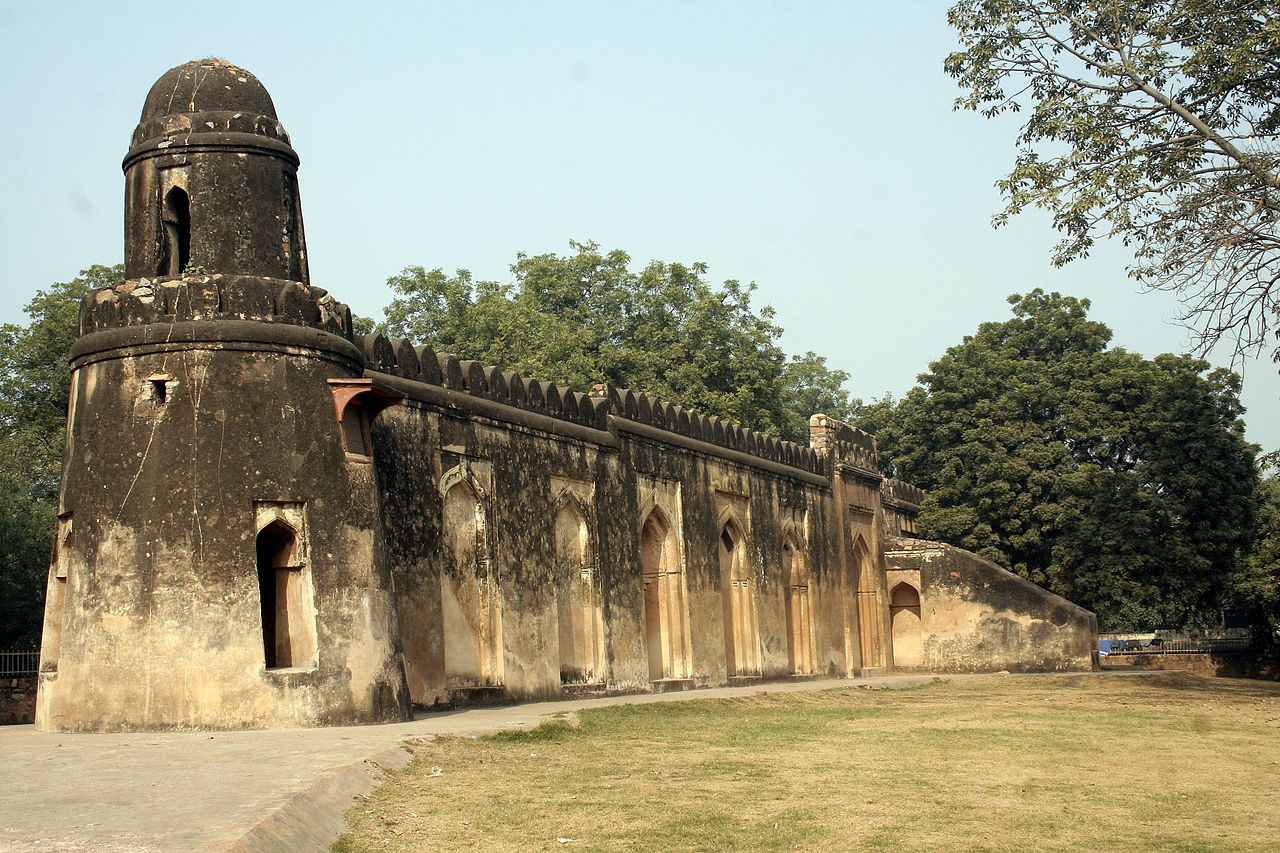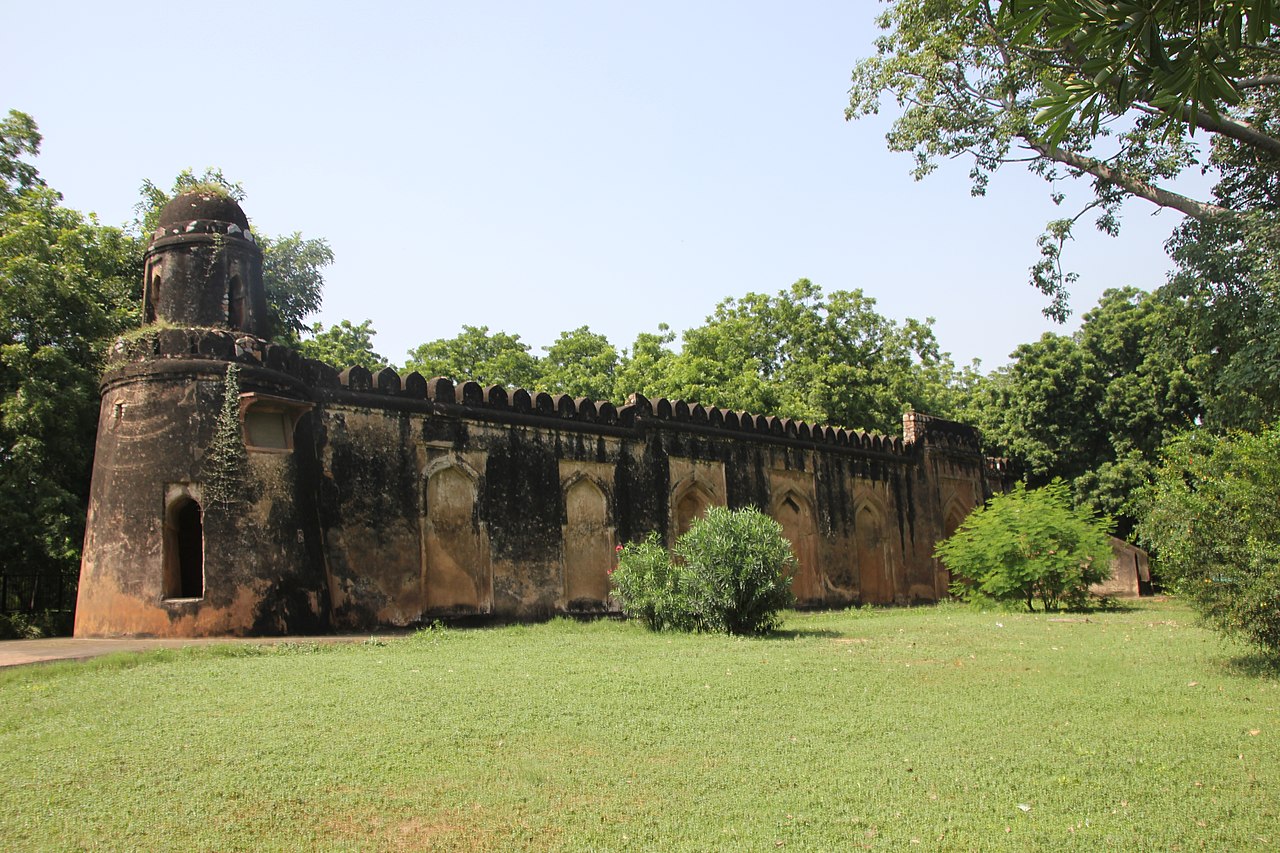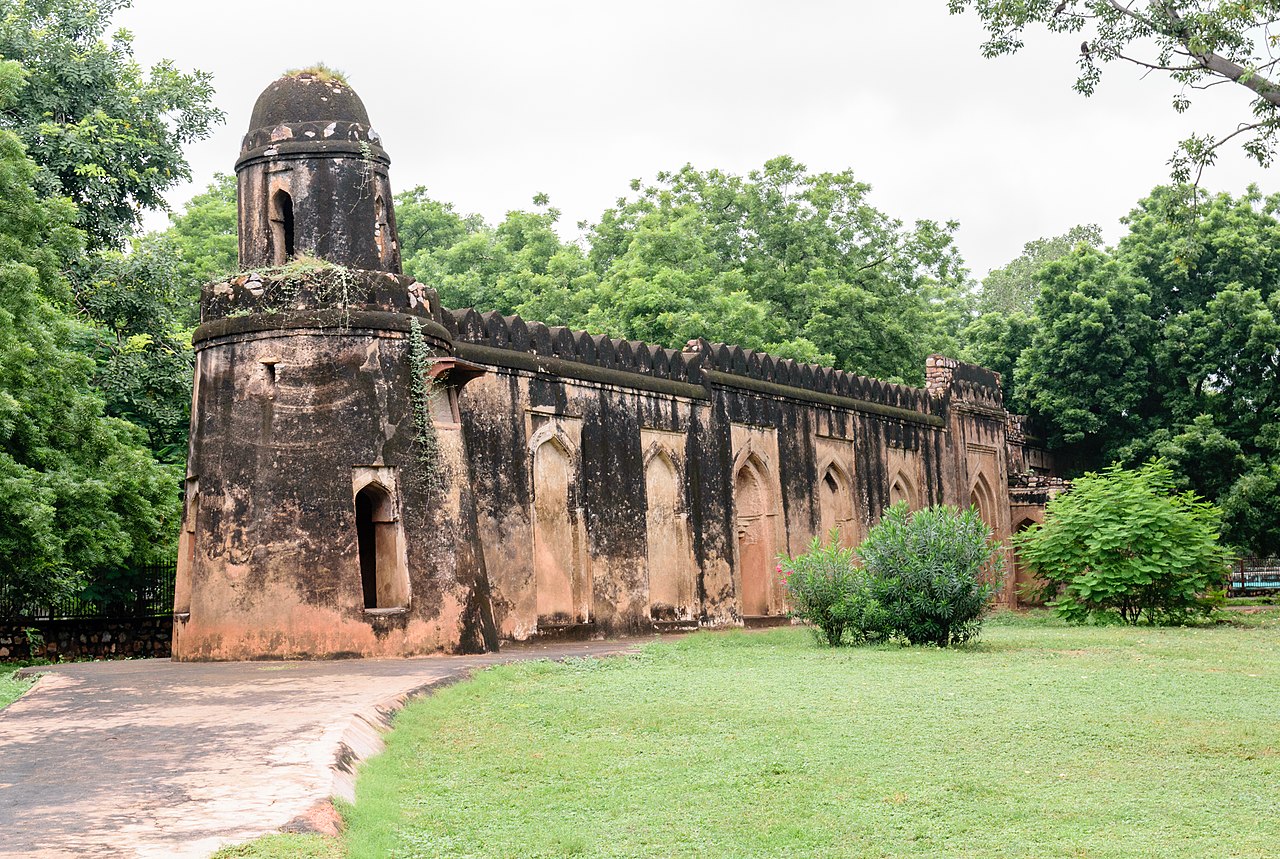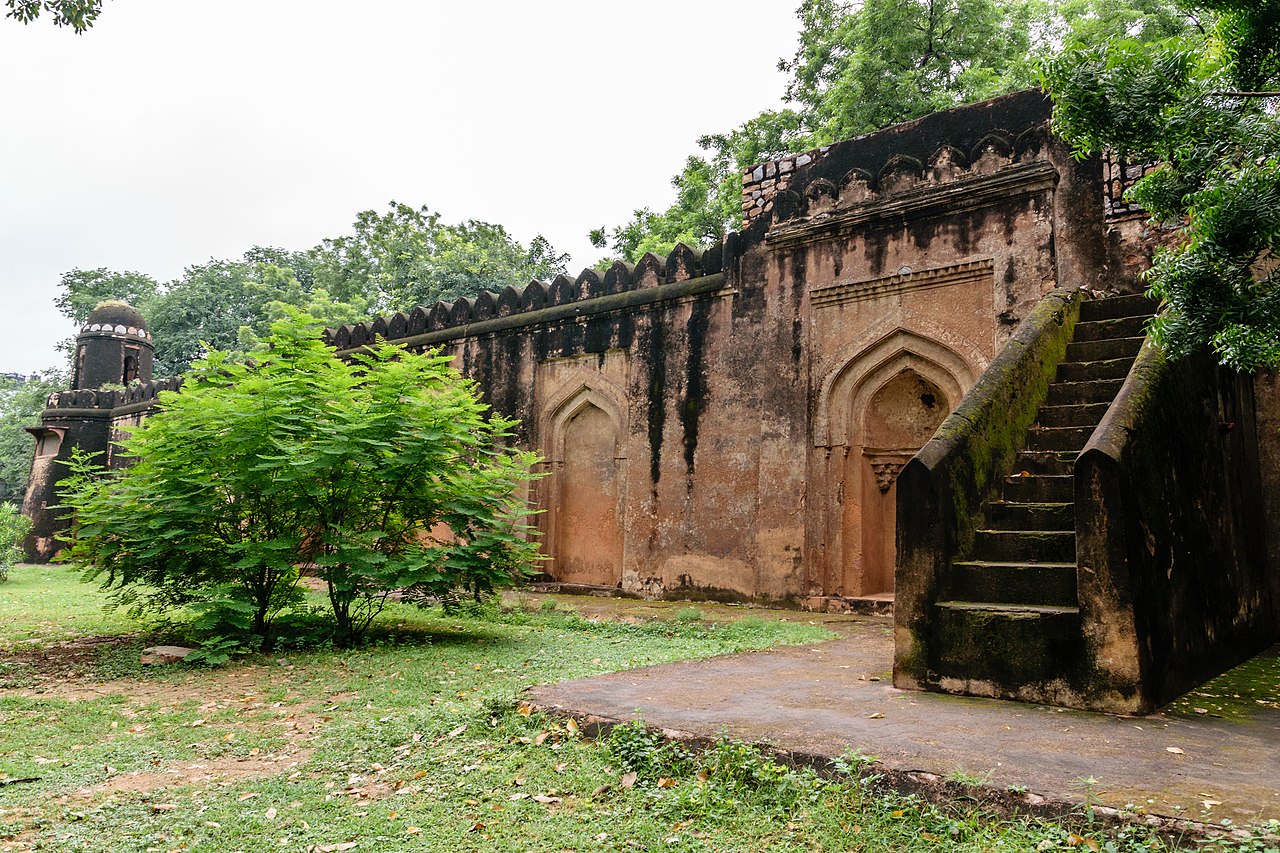



The Idgah, located in Delhi, has an intriguing history tied to the aftermath of Timur's invasion. Built during the Tughluq period, this structure served as an important site for community prayers, particularly on the occasion of Eid. The south bastion inscription at the Idgah mentions the desolate state of Delhi after the devastating invasion by Timur, which took place on December 17, 1398. Timur's forces defeated Sultan Nasir-ud-Din Mahmud Shah Tughluq, the last Tughluq ruler, along with his general Mallu Iqbal. Timur’s conquest left Delhi ravaged, with large-scale destruction, plunder, and depopulation. This invasion signified a turning point in Delhi’s history, as it led to the decline of the Tughluq dynasty and weakened the city’s economy and infrastructure, which had thrived for centuries prior. The Idgah's establishment, thought to be either a contemporary or slightly post-invasion structure, stands as a marker of resilience, representing a phase of rebuilding and continuity for the local Muslim community even after a period of severe disruption.